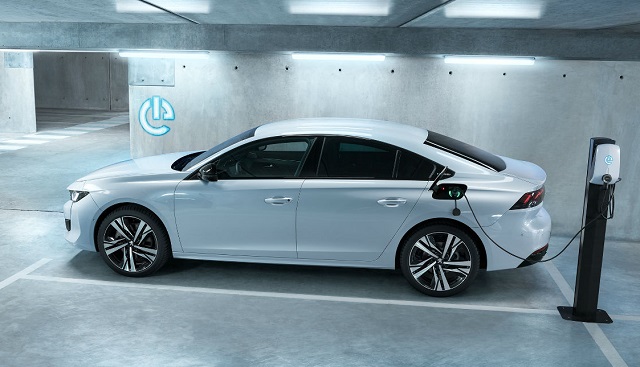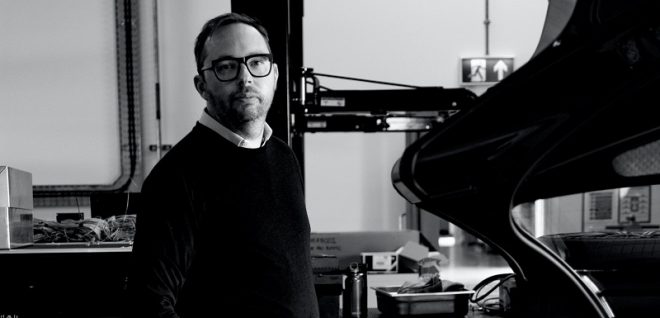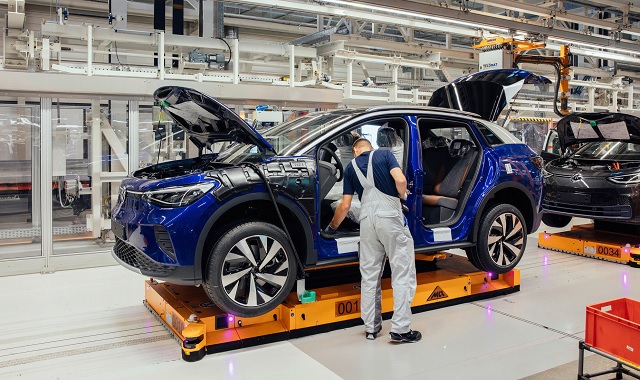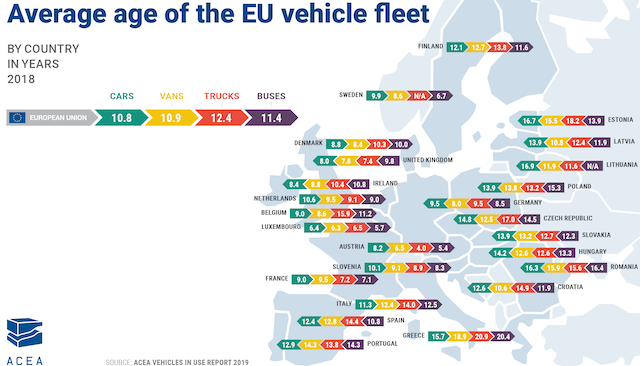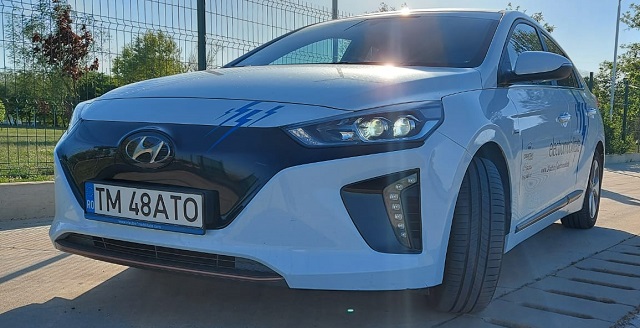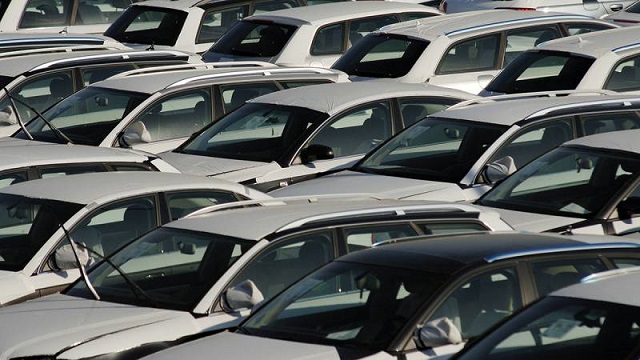
In recent years, the prices for new cars have risen consistently. The result is that a small class car now sells for the same price as a compact, i.e. top class, model three to four years ago!
We have discussed the reasons for this increase here before, so this time we will look at what the future holds. The forecasts are not the most optimistic!
According to figures put forward by market experts, the price of new vehicles will continue to rise in 2023. According to AlixPartners, a management consultancy, prices are expected to rise significantly in the coming months for several reasons.
Like any commercial sector, the car market depends on supply and demand. With demand currently far outstripping supply, car prices are on the rise. And AlixPartners’ forecasts are not necessarily optimistic.
Based on forecast figures, producers will reduce their production volumes in the coming months. This is, of course, explained by the lack of various components.
The reductions will be quite substantial. It is anticipated that 79 million cars will be sold in 2023, so less than the 80 million in 2021 and much less than the 90 million units sold in 2019, the last year before Covid.
Therefore, this continuing decline in sales volumes puts pressure on the price of new vehicles, which then affects the second-hand car market.
Manufacturers are thus seeing their sales diminished due to production difficulties. Pandemics, wars, shortages of raw materials all have a negative impact on the market and lead to higher prices. As a result, it costs much more to produce a car today than it did two years ago.
But while sales are falling, paradoxically, manufacturers’ margins are rising. AlixPartners says manufacturers will continue to pursue a policy of upward pricing to offset rising costs without affecting their margins.
„The imbalance between supply and demand has allowed the automotive industry to achieve exceptional margins, leading to significant value creation for the sector, which has become much more attractive to investors.”
AlixPartners Study
Thus, we find that manufacturers gained 3.6 percentage points of operating margin from higher new car prices.
It is therefore expected that this trend of price increases will be maintained by manufacturers vis-à-vis suppliers and customers. Analysts also believe that prices would stop rising if the economy were to enter a recession.










